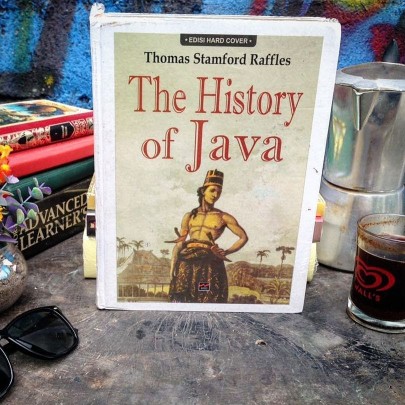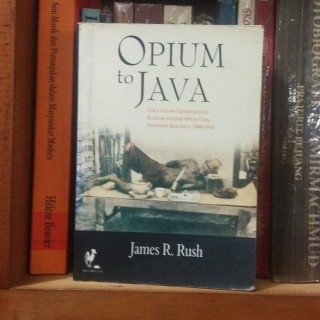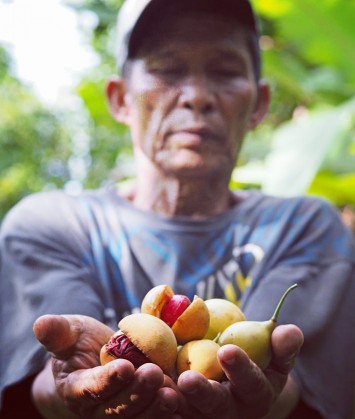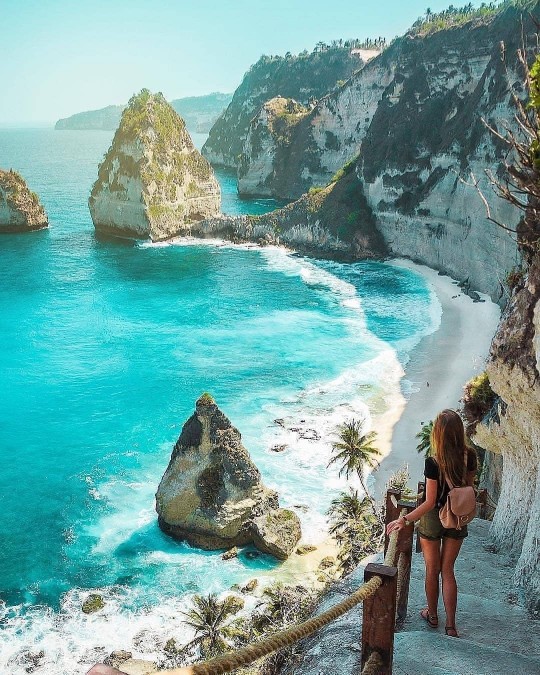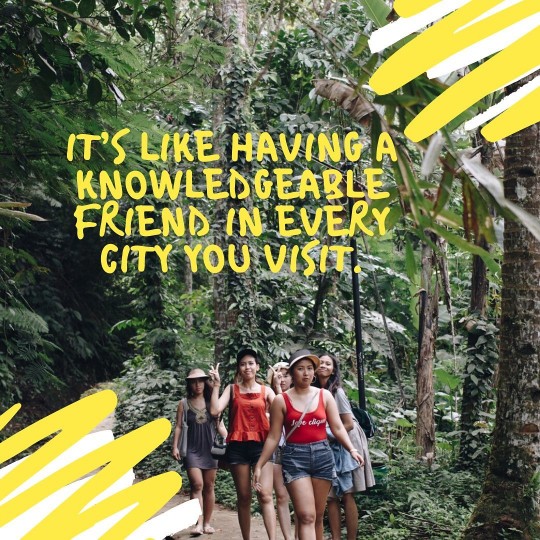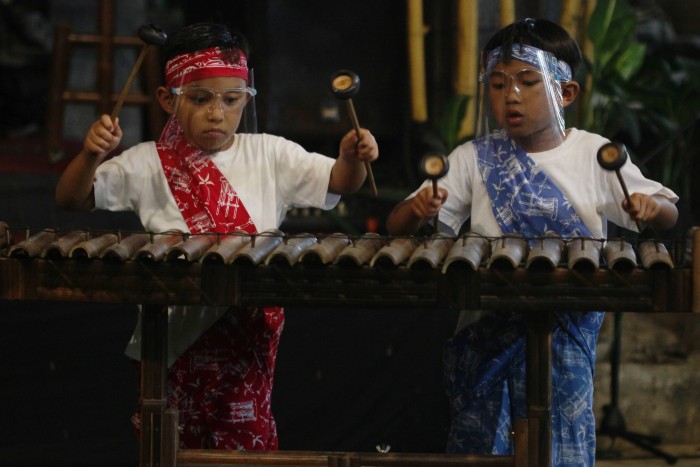javaprivatetour.com – Imagine standing atop a mist-covered mountain, feeling the cool breeze brush against your skin while the sunrise paints the sky in golden hues. This isn’t just a travel fantasy; it’s the very experience that captivated Franz Wilhelm Junghuhn, a German-born Dutch scientist who found his heart’s home in West Java. Junghuhn’s tale is one of adventure, passion, and an unwavering dedication to uncovering Java’s natural beauty, one that eventually defined his life’s work.
Who Was Franz Wilhelm Junghuhn?
Franz Wilhelm Junghuhn was born in 1809 in Mansfeld, Germany. Initially trained as a physician, his interests quickly broadened to include botany, geology, and geography. In the 1830s, his sense of adventure and curiosity brought him to the Dutch East Indies, where he served as a naturalist for the colonial administration. During his 13 years in the East Indies, he began his explorations in Sumatra before focusing on Java, where he would spend most of his career.
His extensive work on Java’s geography and ecosystems remains a cornerstone of scientific literature. Through his writings, Junghuhn meticulously documented the island’s flora, fauna, and geological features. But it was in West Java, the verdant heart of Java, that Junghuhn found a lasting fascination.
Junghuhn’s Arrival in Java

After his initial work in Sumatra, Junghuhn shifted to Java in 1844, driven by an intense desire to explore its diverse landscapes. Java, with its volcanic mountains and tropical rainforests, proved to be a thrilling subject for Junghuhn. He was not just a scientist, but also a curious traveler, eager to explore every inch of the land. West Java, in particular, was the part of Java that most captured his attention, with its dramatic peaks and rich cultural tapestry.
The Start of Junghuhn’s Scientific Journey in West Java
Junghuhn’s exploration of West Java began in Bogor, moving eastward toward Cianjur and beyond. These early travels set the stage for his scientific observations, where he meticulously described everything from the shape of mountains to the behavior of clouds. The Dutch naturalist was particularly drawn to the region’s unique blend of natural beauty and cultural richness, inspiring him to produce sketches and detailed notes that still hold value today.
West Java A Land Full of Wonders
West Java is not just a geographical location; it’s a realm filled with legends, nature, and culture. Nestled in the heart of the island, this region features rolling hills, tea plantations, and several active volcanoes. Junghuhn was captivated by West Java’s raw and untamed beauty. He also found its people to be warm and welcoming, with cultural practices that added depth to his understanding of the area. He was fascinated by the intricate harmony between nature and the local Sundanese culture, often observing traditional practices such as horse-drawn carriage rides through the serene countryside.
Junghuhn’s Explorations Across West Java
Junghuhn’s expeditions through West Java were nothing short of epic. He traveled mostly on foot, covering vast distances with the help of local porters. He ascended several volcanic peaks, including Gunung Gede, Gunung Galunggung, Gunung Wayang, and Gunung Tangkuban Perahu. Each climb offered new insights into the region’s geological structure and vegetation patterns.
For Junghuhn, each mountain represented not just a physical challenge, but also a treasure trove of natural knowledge. Gunung Gede, for example, with its lush forests and unique flora, left a lasting impression on him. Meanwhile, Tangkuban Perahu’s crater and steaming sulfur vents were among his favorite spots for geological observations.
Junghuhn’s Research and Discoveries in West Java
Junghuhn’s passion for detailed scientific observation led him to document over 559 districts and private lands across Java. He published these findings in his comprehensive work, “Java, Zijne Gedaante, Zijn Plantentooi en Inwendige Bouw,” a monumental contribution to the understanding of Java’s geography and environment. He noted the flora and fauna of the region, often pointing out species that were unknown to European scientists at the time.
Junghuhn also made valuable contributions to the understanding of Java’s volcanic activity. He meticulously described the eruptions, lava flows, and ash patterns of several active volcanoes, which not only advanced scientific knowledge but also provided safety information for local residents.

Junghuhn’s Love for West Java’s Mountains
Junghuhn’s explorations of West Java’s mountains were driven by more than just scientific curiosity. He was deeply moved by the spiritual aspect of these towering peaks, which he often described as sacred landscapes that elevated the human soul. His writings are filled with poetic descriptions of sunsets, misty valleys, and lush greenery. For Junghuhn, mountains like Gunung Papandayan, Gunung Ciremai, and Gunung Galunggung were more than geological formations; they were sources of inspiration and peace.
Cultural Observations by Junghuhn in West Java
During his explorations, Junghuhn interacted closely with the local Sundanese communities. He was intrigued by their traditions, way of life, and connection with nature. He observed cultural events, traditional dances, and daily rituals that provided him with a richer understanding of the region. His fascination extended beyond scientific observation; he was equally passionate about capturing the essence of the local culture, which he believed was intertwined with the natural landscape.
Junghuhn’s Residence in Jayagiri, Lembang
In 1857, Junghuhn decided to settle in Jayagiri, a small village on the slopes of Gunung Tangkuban Perahu. The area’s serene beauty and cool climate made it the perfect retreat for the aging scientist. He built a simple wooden house surrounded by lush greenery, far away from the bustling cities. Jayagiri offered him peace, a place where he could continue his writing and research in the midst of nature’s splendor.
Junghuhn’s Return to Europe and Longing for Java
Despite his declining health, Junghuhn continued to long for the mountains of Java. His return to Europe was temporary, as he yearned for the beauty of West Java’s highlands. His writings during this period often expressed his nostalgia and desire to return to the island that had stolen his heart. He eventually returned to Java, settling back in Jayagiri with his family until his passing in 1864.
The Final Chapter Junghuhn’s Last Days in Java
In his final days, Junghuhn requested that the windows of his home in Jayagiri be opened wide, so he could see the mountains he loved so dearly one last time. He passed away peacefully, surrounded by the tranquility of the place that had been his life’s passion.
Junghuhn’s Legacy and Impact on Modern Java
Junghuhn’s work continues to be a cornerstone for modern scientists, geographers, and nature enthusiasts. His love for Java’s mountains has inspired countless explorers and researchers to visit West Java, making it a popular destination for both scientific exploration and tourism.
Junghuhn’s Influence on Tourism in Java
Today, West Java’s natural beauty and historical significance attract a wide range of visitors, from researchers to tourists seeking scenic adventures. Junghuhn’s legacy as an explorer and scientist contributes significantly to the region’s charm, making it a must-visit for nature lovers and cultural enthusiasts alike.
Why Java Private Tour Is the Perfect Guide for Exploring West Java
If you’re looking to explore West Java just like Junghuhn did, Java Private Tour is your ideal partner. With English-speaking guides who are knowledgeable, friendly, and flexible, you can customize your itinerary to suit your interests. Whether it’s climbing mountains, exploring cultural landmarks, or simply enjoying the natural beauty, Java Private Tour has you covered. They offer a range of private vehicles, from sedans to minibuses, ensuring comfort and convenience throughout your journey.
Recognized by several foreign embassies for its exceptional service, Java Private Tour is the recommended choice for first-time visitors to Java. Their experienced guides and drivers are certified professionals, dedicated to making your journey safe, informative, and memorable.
Ready to Explore West Java Like Junghuhn Did?
So, if you’re ready to explore the wonders of West Java, head over to https://www.javaprivatetour.com/req and let’s start planning your adventure. Or you can simply click this link: https://wa.link/wk2hur to chat with us on WhatsApp.
With Java Private Tour, you’re not just getting a guide; you’re gaining a friend who will ensure your trip is nothing short of extraordinary. See you in Java!
You May Also Like
 The Bewitching Tale of Batu Ratapan: A Forbidden Love Story in Java
The Bewitching Tale of Batu Ratapan: A Forbidden Love Story in Java
 Dive into the Marvels of Curug Malela: Java’s Biggest Waterfall in West Java
Dive into the Marvels of Curug Malela: Java’s Biggest Waterfall in West Java
 Delving into the Origins and Popularity of West Java’s Aci Snacks
Delving into the Origins and Popularity of West Java’s Aci Snacks
 Top 5 Beginner-Friendly Mountains for an Adventure Getaway in West Java
Top 5 Beginner-Friendly Mountains for an Adventure Getaway in West Java
 10 Breathtaking Beginner-Friendly Mountains in West Java, Indonesia
10 Breathtaking Beginner-Friendly Mountains in West Java, Indonesia



